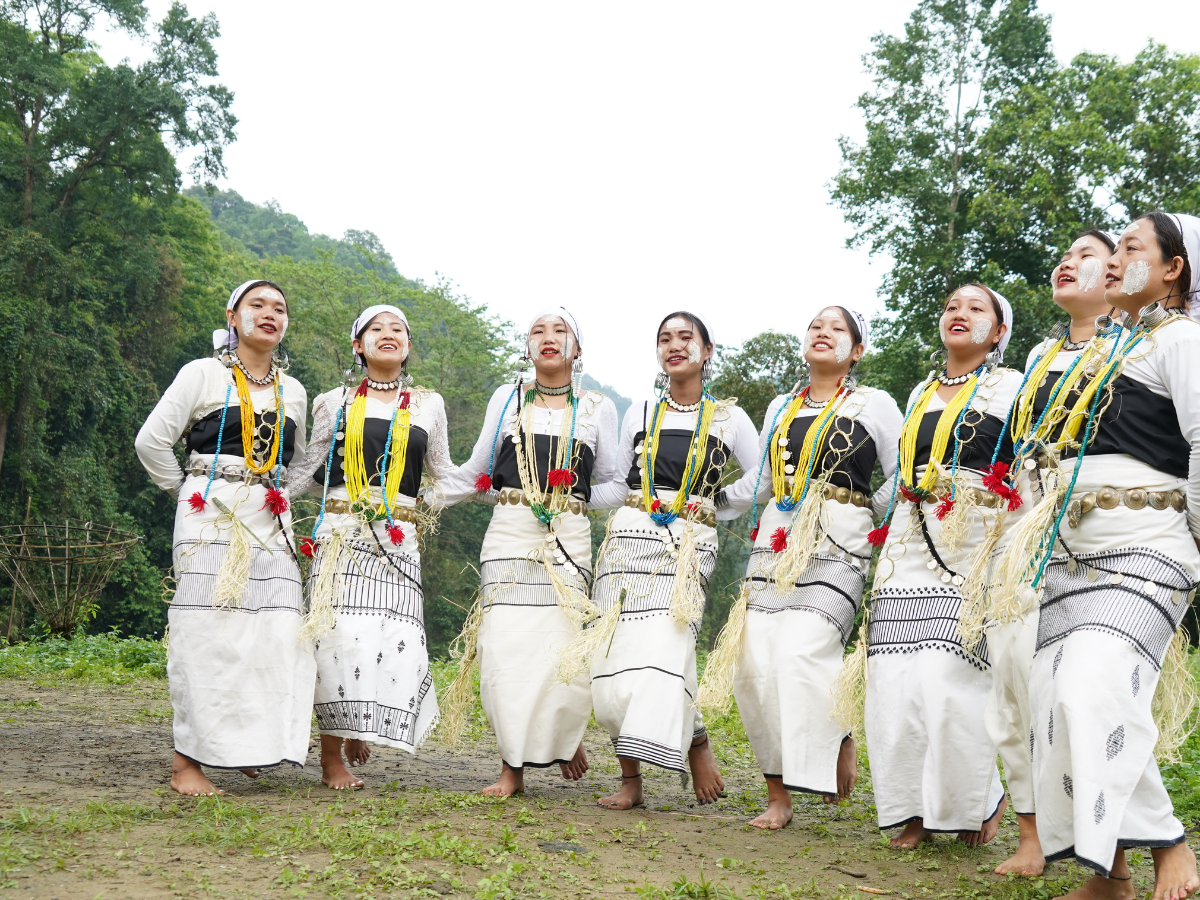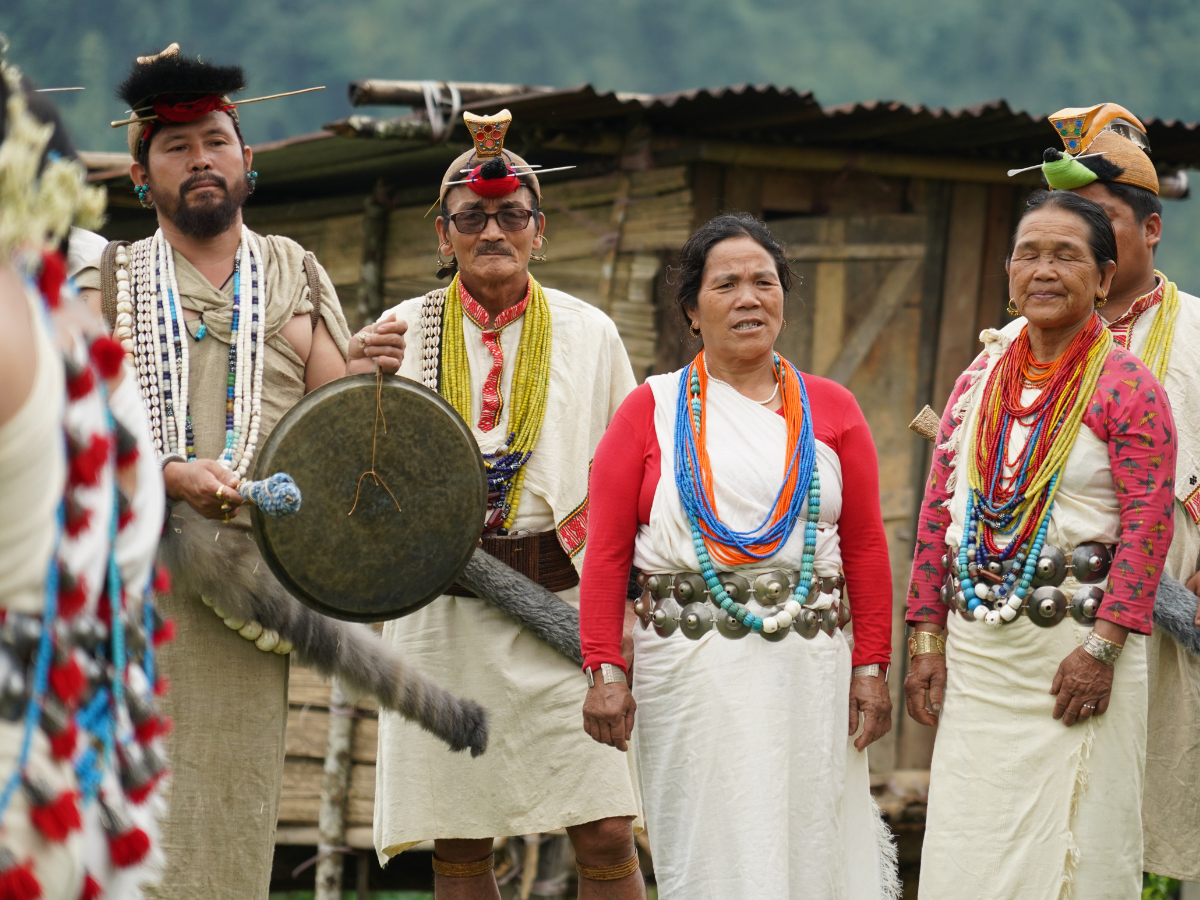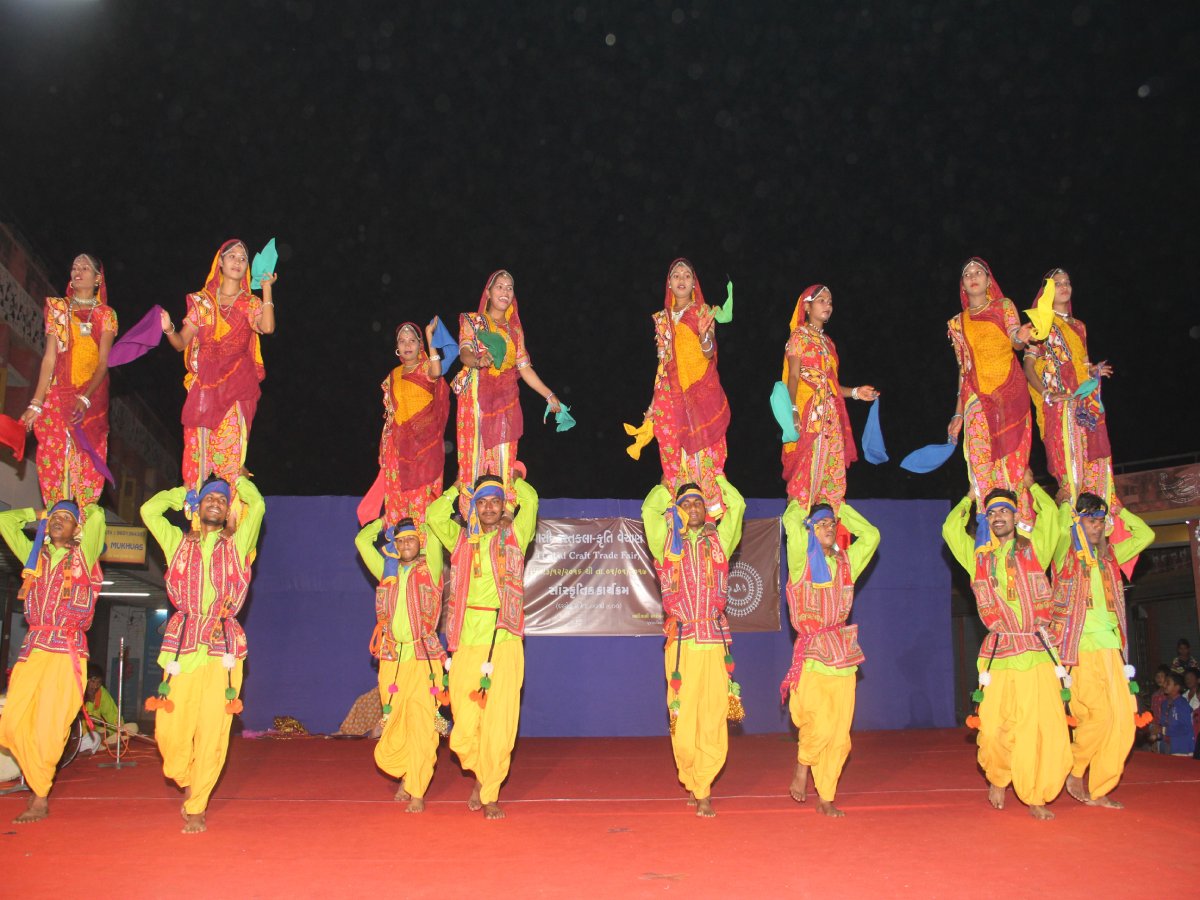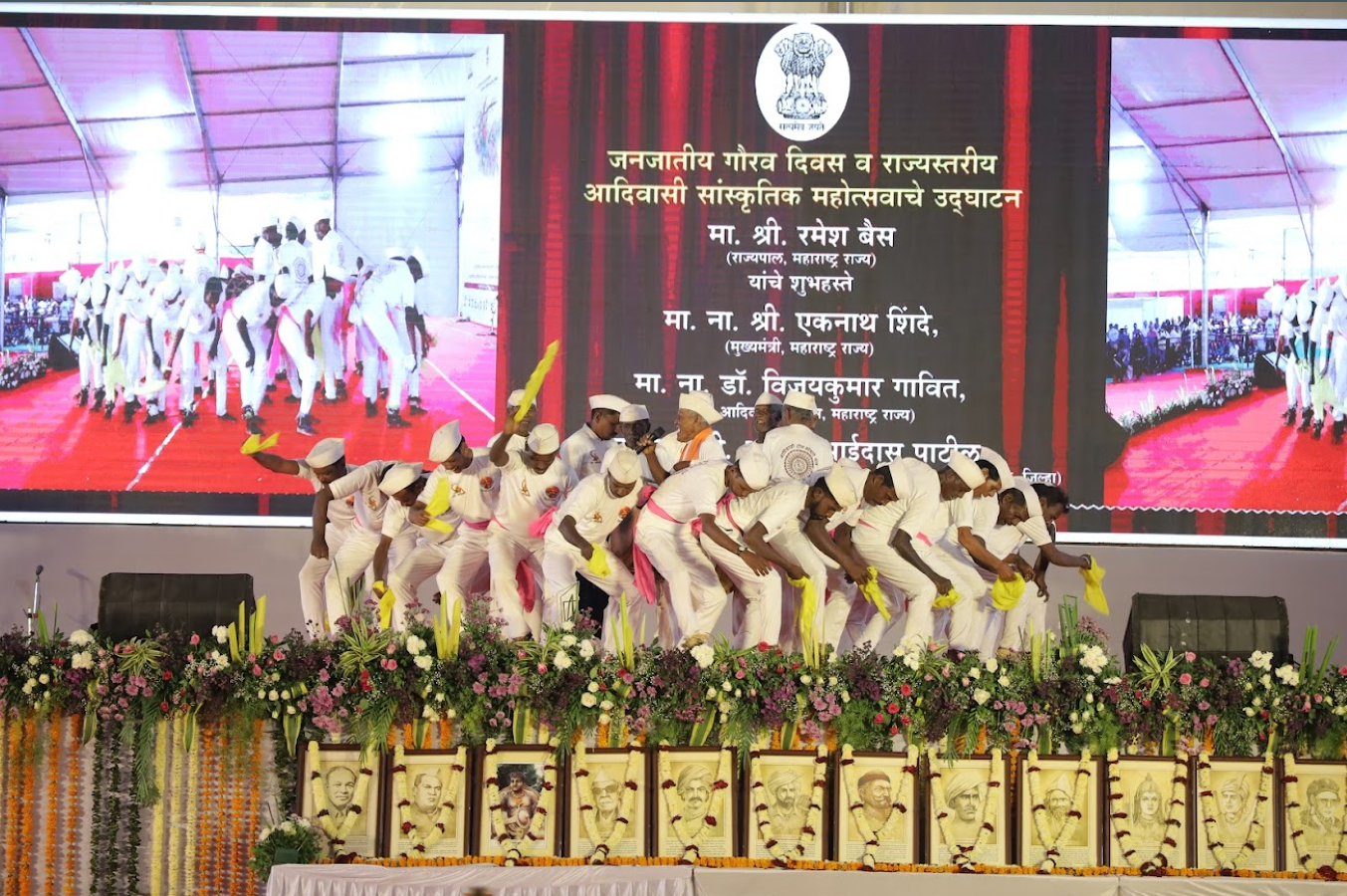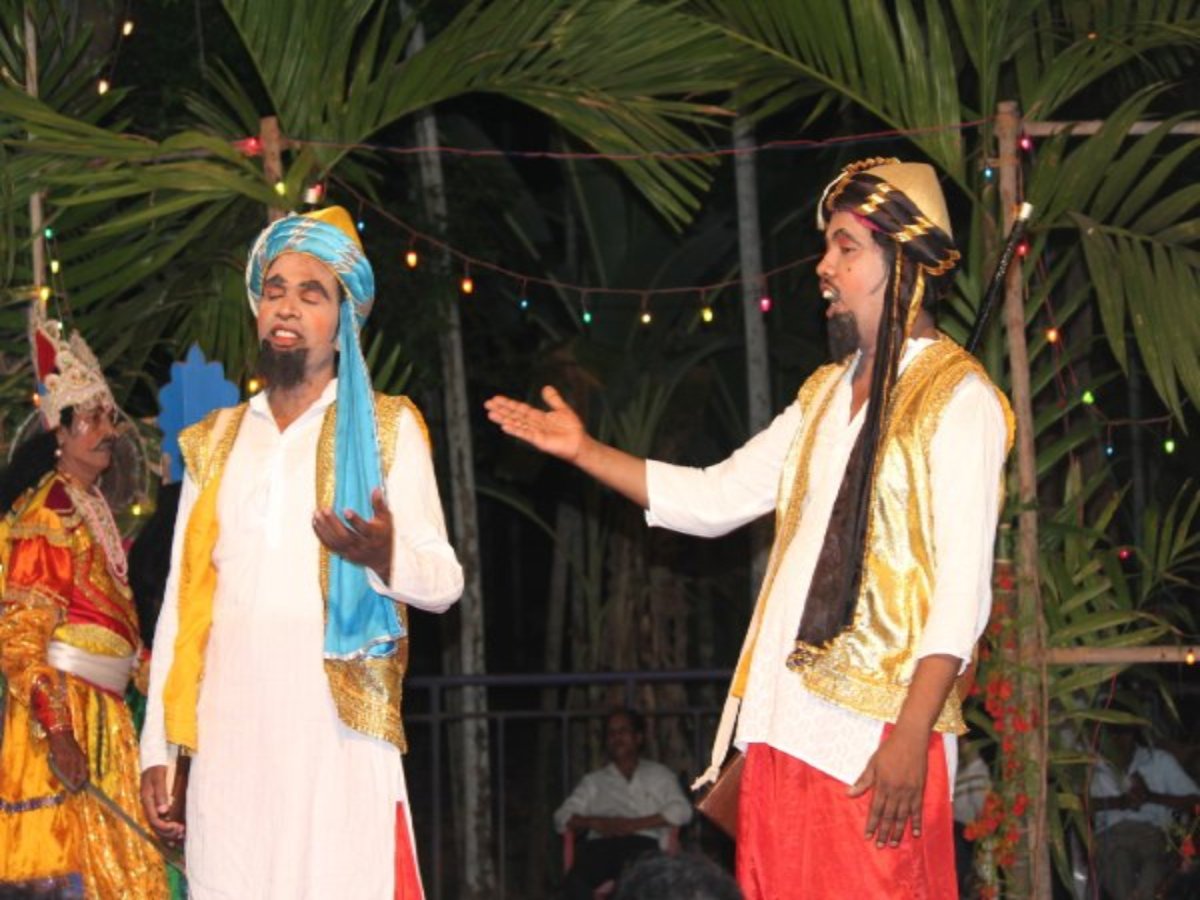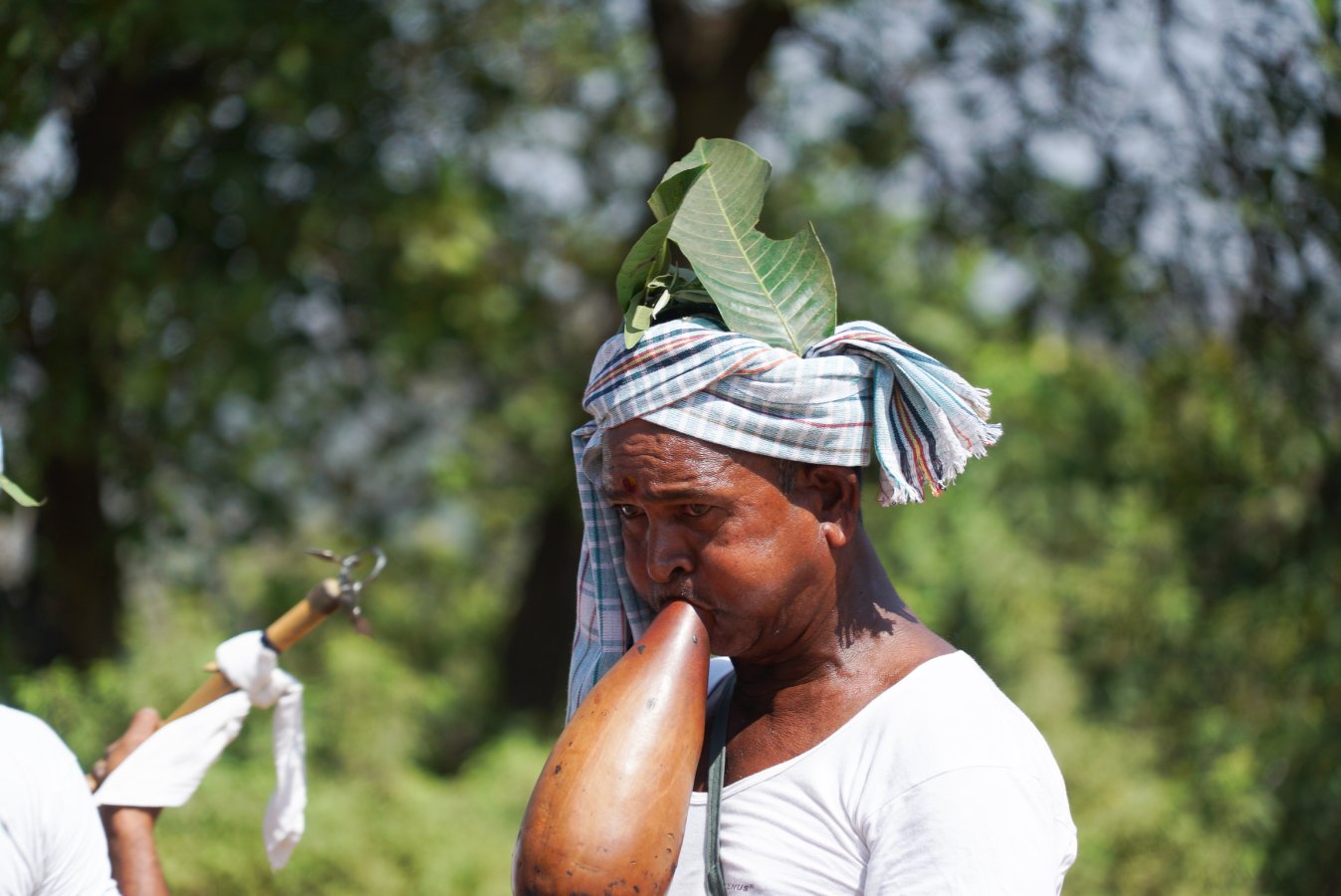Ponung Dance
The Ponung Dance is a harvest dance that is performed by the Adi tribe in Arunachal Pradesh. It is a prayer performed for a good harvest and prosperity. It is performed just before the harvesting of crops so that the blessings of the gods will be attained in the harvest. The Ponung Dance depicts…





